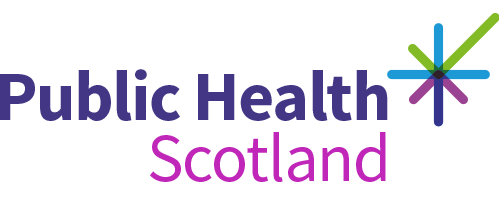Understanding needs
A needs assessment is an important step in planning and commissioning services. It will help you to understand the needs of the population and the type and distribution of health and care services that will bring the greatest benefit.
Needs assessments can be done at different levels – for example, a Joint Strategic Needs Assessment could be done by a partnership to support the development of a strategic plan. This would look at the needs of the whole population served by the partnership and identify gaps or inequity in service provision.
Alternatively, health needs assessment could be done for a specific community or sub-group of the population, such as homeless people or people with learning disabilities, to understand what health and social care services are needed to meet their needs.
A useful definition of need is ‘the capacity to benefit from services’. This definition keeps the focus of needs assessment on interventions that can produce real benefits, and on identifying people who could benefit from receiving those interventions.
Before undertaking a needs assessment you should understand the underlying causes of health inequalities.
A needs assessment should tell you
- the level of need for public services
- the extent of unmet need
- the pattern of supply and effectiveness of current services
- how to work towards meeting a need
- how to use resources in the most effective and efficient way.
Carry out a needs assessment
How you go about your needs assessment depends on the scope of the project and the population of interest. However, there are some steps that will be common to all.
- Identify the issue – why are you doing the needs assessment and what do you want to understand?
- Identify the population – is it everyone within a geographical area, or people with a particular characteristic or health condition?
- Identify the sources of data you can use – these may include community profiles, local and national statistics, existing evidence about what works and stakeholder views.
- Identify the gap between need and supply.
Use a collaborative approach to bring together people from different backgrounds and organisations to get a full picture of service need, delivery and priorities. It is especially important to involve the population whose needs are being assessed.
Understand your data - bring in someone with the appropriate skills early on in the process to facilitate the analysis, collation and presentation of a broad range of data.
The data you will need is likely to include
- the size and demographics of the population of interest and key subgroups
- the health issues affecting the population of interest
- differences in scale and type of issues affecting the population
- current services available and how effective they are
- best available evidence for effective and cost effective solutions
- what does the population of interest want?
- what do professionals, patients, the wider public, management, policymakers and others want?
ScotPHN provides some examples of needs assessments to look at before starting your own.
Find the data
Information Services Division (ISD) Scotland has produced a useful summary of the health data sources available at national level, as well as more detailed guidance on how to use them and the process of conducting a needs assessment.
ScotPHO provides some useful training resources.
Get support for your needs assessment
Support to identify and access relevant data, and help with analysis, may be available from
- the public health team in your local NHS board
- ISD’s Local Intelligence Support Team (LIST) (external website)
- Scottish Public Health Network (ScotPHN) (external website)
